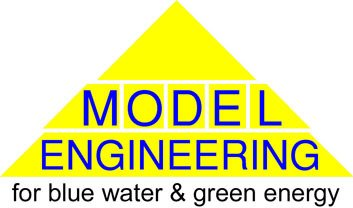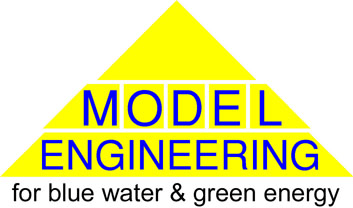how we help users to save water & energy
Since 1997, we develop and apply our 5D+™ technology to save both water & energy in various process industries such as food, beverage and pharmaceutical industries in Europe as well as in 20 leading textile industries in Bangladesh. Today many more water & energy users would benefit from our 5D+™ via mobile apps linked to remote sensors and actuators.
In most processing industries there is a link between water and energy such as water used to generate steam, to heat and cool processes. This link is known as the water-energy nexus. As to save both water & energy, we exploit this water-energy nexus using our know-how and technology.
We start each case by identifying and characterizing (quantities + qualities) all water sources and sinks available and used on the site and develops/updates/validates the overall “black box” water balance of the site and its resulting Key Performance Indicators (KPI’s) showing the actual water efficiency of the plant along with its improvement potential compared to the best ones in the same business.
Next, this black box is opened and the main fresh water users and wastewater producers (production lines/units, utilities) are identified, characterized and quantified. Based on this data, a water process flow diagram (PFD) with water mass & energy balance is established for each main line/unit. These unit water balances include key characteristics of the in/out water streams of each “wet” process step. This in-depth investigation (deep dive) from the site’s black box down to each process step usually requires adequate measurements (quantities + qualities) with representative sampling and lab analysis. Alternative fresh water sources such as process/utility condensates get included as well. Next, each “wet” process step is modelled for simulation in our 5D+™ fresh water/wastewater/energy reduction steps applied if/as applicable to each “wet” process step (next page) :
D1: pinch fresh water & energy use,
D2: substitute fresh water & recover the heat in alternative sources such as condensates,
D3: reuse outlet water from 1 step in feed to other steps & use its heat energy,
D4: boost water reuse in water-linked groups by including short loop recycling with basic water regeneration (e.g. by low cost filtration),
D5: minimize fresh water use of the complete production/utility line/unit by integrating longer water reuse loops requiring more elaborate regeneration.
Our engineering toolbox for industrial processing and water regeneration including
HACCP analysis and
knowledge technology supports all modelling, simulation and 5D+™ fresh water/wastewater/energy reduction steps. The resulting recommended actions and projects are listed with their yield, estimated cost and ROI, and prioritized accordingly. The results of the priority actions and projects achievable for each main production and utility unit that uses water & energy are then consolidated bottom-up in a new overall water balance with its new KPI’s reflecting the improved water & energy efficiency of the whole plant/site.

